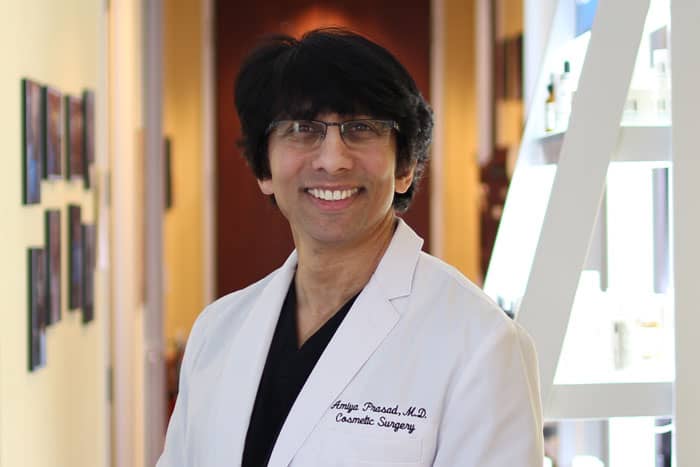When is Face and Skin Laser Treatment Right for You?
(Types of Laser Treatment for Age-Specific Concerns)
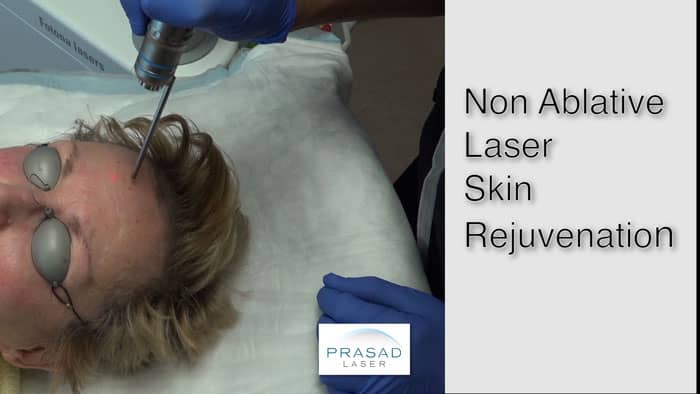
Facial laser treatment is a popular cosmetic procedure as it can effectively rejuvenate the face, and doesn’t involve surgery. Various laser treatments can also be potentially aggressive on the skin and deeper tissue, especially when some older people expect a lifting effect from laser treatments to replace surgical lifting, such as facelifts. Younger people often opt for laser treatment too early, which has the reverse effect of making them look older than they actually are. I’ll discuss what factors contribute to the right timing for a laser or other thermal energy treatment for facial skin rejuvenation. I own several different lasers in my practice, as well as the radiofrequency device, so I can choose which thermal treatment best suits a particular issue, the patient’s skin type, and skin color.
I also perform all types of facial cosmetic surgeries, from upper and lower eyelid surgery, to all types of facelifts, brow lifts, and facial implant surgery, so I don’t use lasers or other devices beyond a certain threshold to try to replace surgical procedures, which is often the case with physicians who aren’t surgeons.
Understanding Laser Treatment
When it comes to laser and radiofrequency treatments, many people are puzzled when they should be considered, and whether they can really replace surgical procedures.
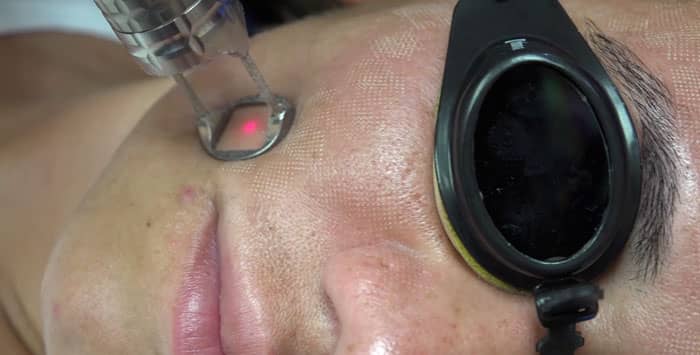
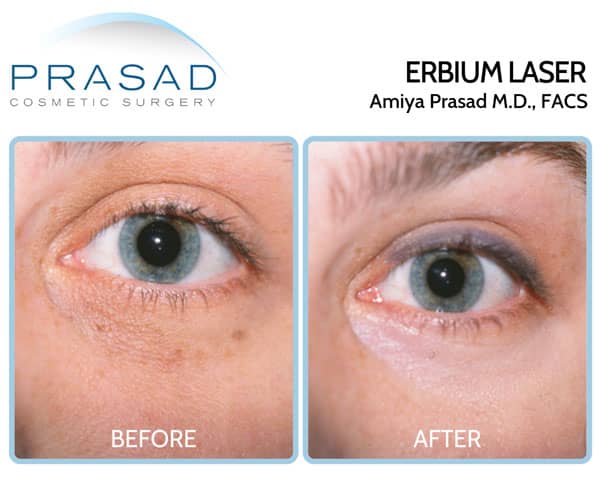
The first step is to learn what lasers and other thermal therapies their doctor performs. Lasers and radiofrequency devices use heat to cause controlled damage, so the body generates collagen to heal the damage, making the skin stronger, and smoother.
CO2 and Erbium lasers have a longer wavelength, which is more absorbable by water. With the moisture present in the skin, these lasers are used for treating the superficial layer of the skin called the epidermis.
CO2 and Erbium lasers can partially or fully ablate the outer layer of skin, meaning the outer layer can be removed, so a fresh layer of skin can grow in. While ablation can renew the outer layer of skin, which is also called skin resurfacing, it also requires more downtime as the skin can be red and raw while a new outer layer grows in.
Heat from non-ablative lasers like Nd:YAG and Q Switch lasers, or radiofrequency devices like Pellevé, have a shorter wavelength that can penetrate into the deeper backbone of the skin called the dermis.
When heat is focused on the dermal layer, the outer layer of skin, or epidermis, remains intact, but the heat is still recognized by the body as an injury. The body reacts to injuries in the skin by generating collagen for healing, so applying heat at a certain temperature for a limited time triggers the body to produce collagen, which is the protein that binds the skin to make it stronger and more supple. When heat is applied to the skin, it also causes the skin to contract, making the skin a little tighter, which is beneficial in earlier stages of aging and, in certain facial areas, gives a slight lifting effect.
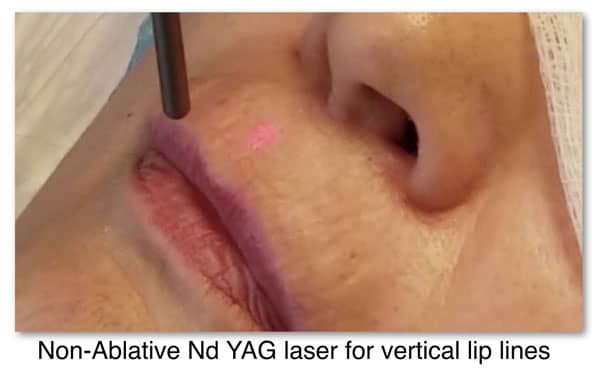
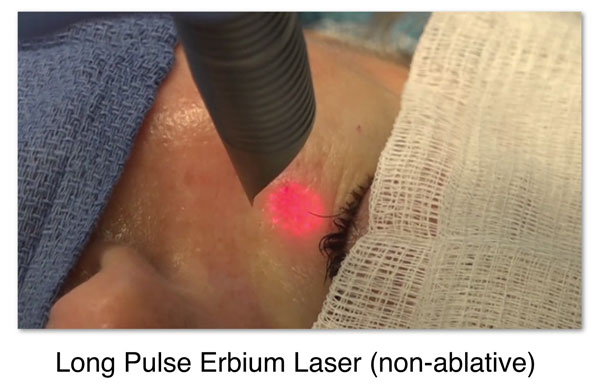
Face Skin Laser Treatments for 20s
The appropriate age for laser treatment depends on the issue being treated. For someone in their 20s, I wouldn’t recommend lasers to treat skin aging, but it may be part of the treatment plan for non-age-related issues. Pigmentation issues like under-eye dark circles may be treated with a laser at this age, usually combined with platelet-rich plasma, or PRP. PRP is derived from your own blood’s growth and healing factors that help heal cuts. PRP can help improve skin quality, thickness, and color, while laser treatment can help resurface the skin to help remove pigment that causes darkness under the eyes.
Lasers can be used to treat issues like acne scars, resurfacing the skin, and dark pigment caused by acne. Lasers can also be used in the 20s to treat acne itself.
Scars, and the possible hyperpigmentation that comes with them, can be treated at this age. Skin lesions can be treated by a laser in the 20s, such as flat or raised benign moles, also called nevi; freckles; skin tags; and other growths.
Birthmarks, which can be due to a concentration of visible blood vessels, or enlarged moles can also be treated by a laser in younger people. Removal of regretful tattoos can also be done with a laser, such as the Q Switch or Picosure laser in the 20s.
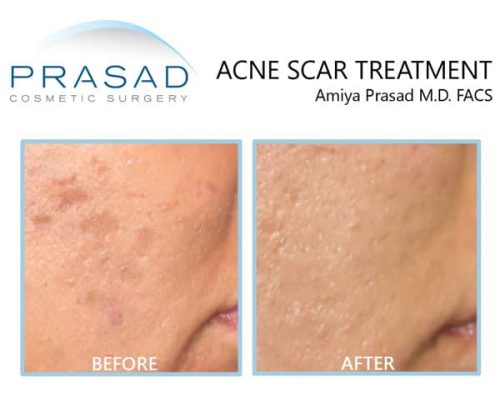
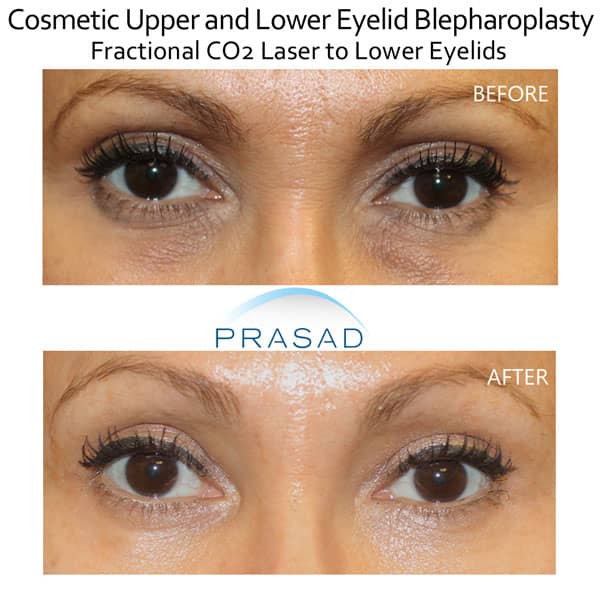
Facial Skin Laser Treatments for 30s
In the 30s, the same treatments mentioned for people in their 20s can be done, and the skin remains youthful. However, as the body loses about 1% of its collagen in the skin a year after age 25, in the mid to late 30s, the skin can start to lose some of its luster and glow. The late 30s can be a time for skin toning to stimulate collagen. Skin toning involves a laser like Nd:YAG, Erbium, or Q switch, which are non-ablative lasers or have non-ablative settings, so the outer skin layer remains fully intact with treatment.
What these lasers can do is reach the dermal level, or the deeper layer of the backbone of the skin, where the application of heat triggers the body to respond to an injury. As previously mentioned, the injury response by the body is to produce collagen for the affected area, making the skin stronger, thicker, and improving its texture.
A similar procedure using non-ablative settings for the Erbium laser can be done in the more thin and delicate eyelid skin for toning, which we call the Smooth Eye procedure.
Laser skin toning can also be applied to the body to reduce slight to moderate body fat in areas such as the abdomen, flanks, and thighs.
Laser Skin Resurfacing for the 40s
In the 40s, diminished skin quality due to aging becomes a bigger issue, so more aggressive laser treatments may be needed. The appearance of wrinkles under the eyes can be improved with a laser for skin resurfacing and skin tightening, but I usually combine or alternate this with PRP, to reduce heat exposure to delicate eyelid skin, which, at 0.5 mm in thickness, is the thinnest skin in the body. Wrinkles in the outer corners of the eyes, also known as crow’s feet, can be treated with a laser to resurface the skin, but this can also be treated or combined with a neurotoxin like Botox to reduce the muscle activity in this area that causes this type of wrinkle.
It is in the 40s that facial skin resurfacing may be an option for skin rejuvenation, where a fully or partially ablative laser like CO2 or Erbium can be used to remove the top layer of facial skin, so a fresher layer of skin can grow in.
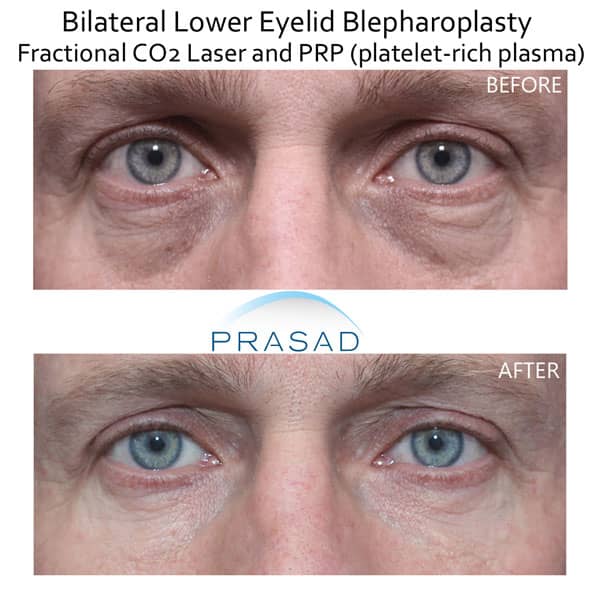
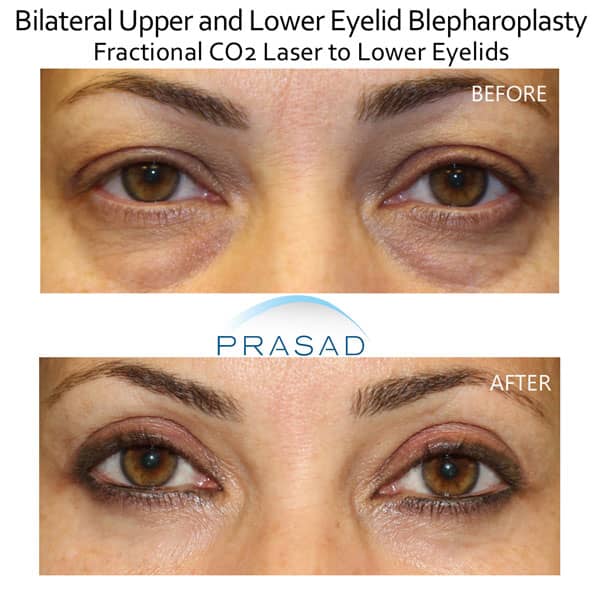
Fully ablative treatments do need downtime, as the skin can be red and raw after treatment before a fresh outer layer of skin grows in. A slight descent of skin, soft tissue, and fat at the jawline can cause the appearance of jowls. In slight cases with minimal skin laxity and volume loss, a non-surgical jowl lift with a laser can tighten the skin and give a little lift to improve jawline definition and continuity.
Best Laser Treatment for the 50s and Above
In the 50s, 60s, and older, there is more significant skin laxity that may not be addressed with skin tightening alone. A major issue with lasers is that many people think they can replace surgical lifting of the skin. When a patient insists on replacing a surgical lift with a laser, or a doctor says it’s possible, they risk not only compromising skin health and integrity, but also the essential fat layer beneath the skin that gives it its youthful volume. The fat layer is also needed to provide nutrients to the skin. Excessive laser treatment can literally cook this fat layer, causing facial volume loss that makes one look older and, like, damage to the skin itself.
By age 50, surgical lifting like facelifts should be considered when there is considerable facial skin laxity, rather than avoiding surgery with a laser and risking serious complications. Lasers can still be used at this age and older to improve skin texture and quality after a surgical lifting procedure such as a facelift, as well as as an ongoing maintenance treatment for the skin to stimulate collagen and tighten the skin for its best appearance.
Lasers can be used to improve the appearance of vertical lip lines, which are commonly called smoker’s lines, which are most likely to appear due to the constant puckering of the mouth combined with the diminishing quality and thickness of the skin above the upper lip.
Beyond the Machine: Why Choosing the Right Doctor Matters More Than Laser Type
While laser treatments can be beneficial to treat the effects of aging, it’s important to remember that it’s the experience and knowledge of the doctor that determines results, not the laser itself. Controlling exposure and heat are what separates a great result from complications like burns, hyperpigmentation, volume loss, and nutrients to the skin to keep it looking youthful. Different lasers are just tools to help them make their patients look their best. It’s also important to remember that it’s not only doctors who are legally allowed to use lasers on patients, but also non-physician technicians, aestheticians, and nurses, all of whom may not have the same training and experience as doctors.
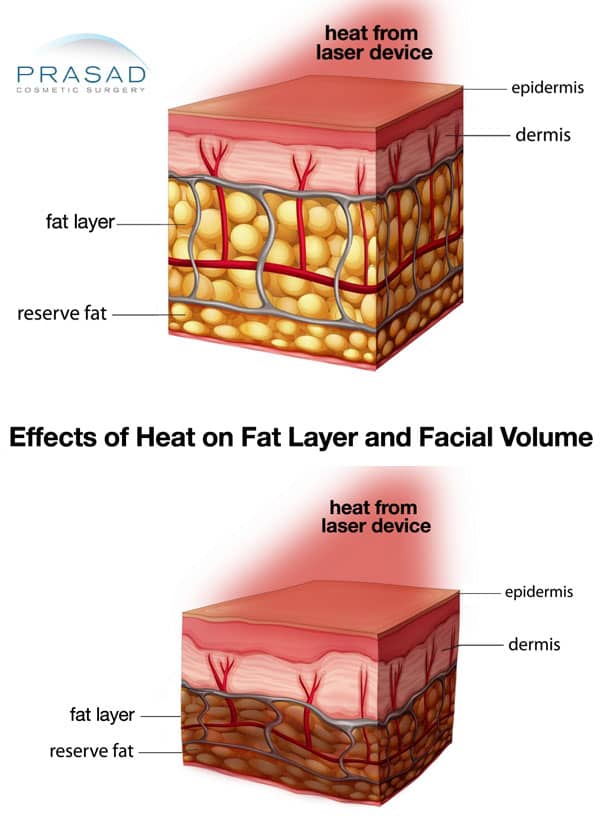
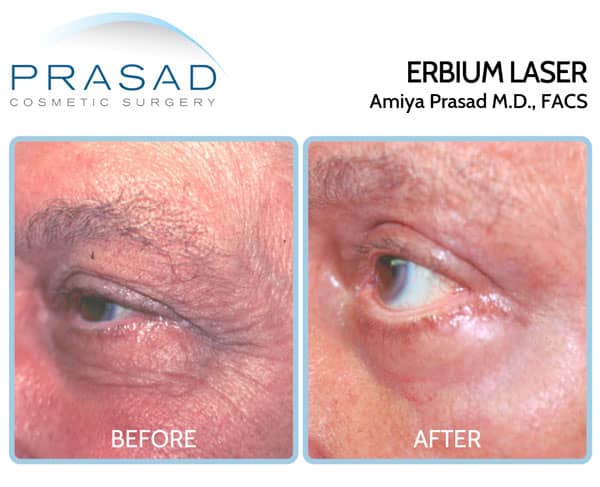
Choosing an experienced practitioner for laser treatment is more important than choosing a particular laser or device, as it’s the practitioner’s experience and the patient’s issue to be treated, along with their skin type, that determine which device to choose.
Laser Treatment Recovery: What Happens After the Treatment
Recovery from laser treatments does vary according to the extensiveness of the treatment. Generally speaking, ablative laser treatments like skin resurfacing require more downtime for a fresh layer of skin to grow in, which is why ablative treatments have lost favor with people with busy lives and little to no tolerance for downtime. Non-ablative laser treatments like skin toning and Smooth Eye have little to no downtime.
Laser skin tightening procedures can leave some temporary redness, as longer heat exposure is required to make the skin contract. Laser tattoo removal is also quite extensive, so healing time in between treatment sessions can involve some swelling and redness.
Which Laser Treatment is Best for the Face?
Lasers treatments can have great benefits for a wide array of aging, and other issues at different ages. The most important thing when considering thermal treatments is choosing an experienced practitioner who can guide you through the benefits of lasers at your age, make sound recommendations for treatment, temper expectations of results, and not overexpose or overtreat to avoid the incidence of potential complications.
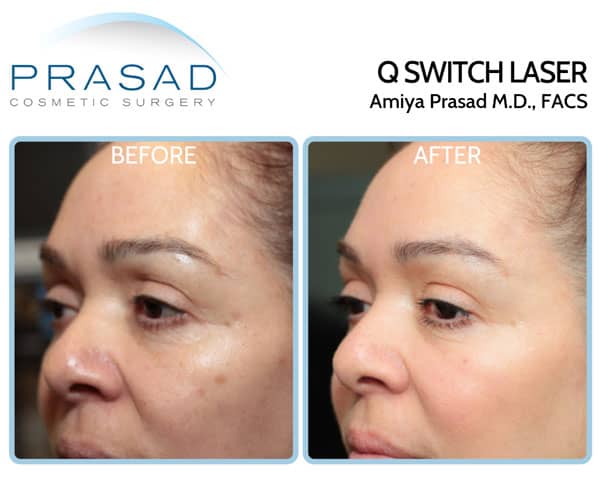
Medi Spa Manhattan, NYC and Long Island, New York
Dr. Amiya Prasad is a Board-certified cosmetic surgeon and a Fellowship-trained oculoplastic surgeon. He’s been in practice in Manhattan, New York City, and Garden City, Long Island, New York, for over 25 years. To schedule an appointment, fill out the contact form below or call any of our offices at (212) 265-8877 for Manhattan, New York City; (516) 742-4636 for Garden City, Long Island; or (703) 356-1336 for Vienna, Virginia.

